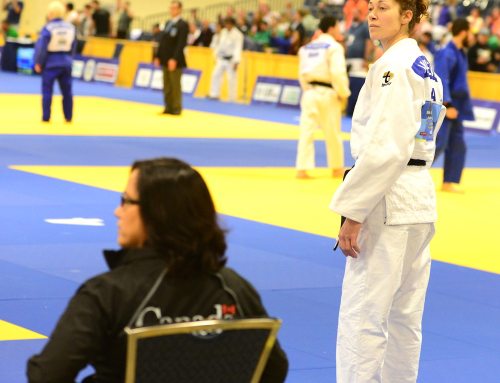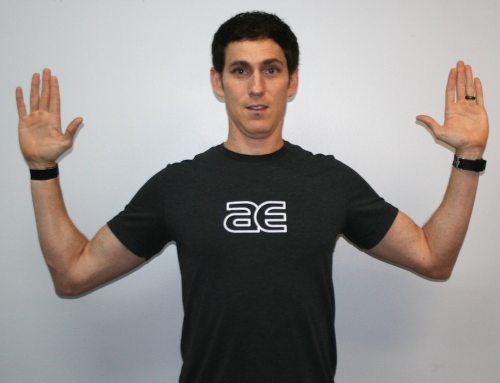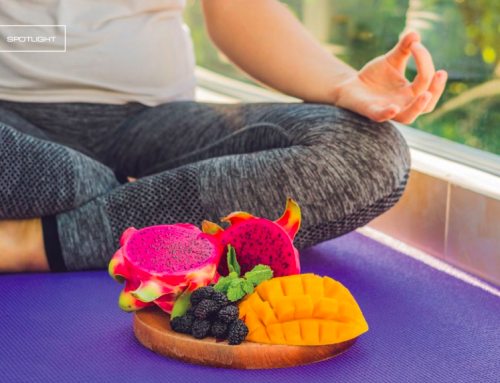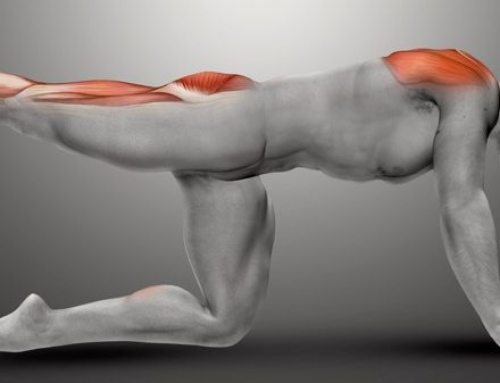By Catherine Duncan
Shoes for running and walking are one of the most frequently changing pieces of sports equipment. As researchers learn more about our gait mechanics, shoe designs are constantly being modified (and often improved), using new technology and materials. Our shoes should be helping us run better, not hurting us.
While there have been some shoe models that have proved to be not so good for us, generally shoes do protect our feet from excessive cold and heat, and keep us from puncturing our skin with road debris. Shoes can help cushion a tired foot that has a thin fat pad. Shoes can allow us to use our feet and legs with good mechanics, the way they were designed to move, if we choose them wisely.
So how can one decide what shoes to wear?
I tend to subscribe to the “less is more” philosophy. Wear only what you need, and not more. If you have been wearing a traditional running shoe and are happy and injury-free in it, great! There are plenty to choose from. If you are tempted to try minimalist or barefoot shoes that bring your foot closer to its natural position, there are a few criteria you need to meet to minimize the potential for injury during the transition.
First, you must have adequate flexibility in the calf and Achilles tendon. To test this, try standing in bare feet. Keeping your knees straight, raise the front of one foot up and have someone measure the distance your toes are off the floor. You should easily be able to raise the front of your foot 10 cm. A second test is squatting to the floor. Again with your bare feet facing forward, shoulder-width apart, squat to the floor. If you cannot do this keeping your heels down, you are lacking enough flexibility for minimalist shoes.
Second, minimalist shoes require a certain amount of foot strength and control. To test this, try “toe yoga.” While standing in bare feet, try to raise your arches up, keeping the ball of your big toe on the ground. Now try actively lifting your big toe off the ground while keeping your little toes down. With your arch still “lifted” and your big toe’s ball still down, try putting your big toe on the ground while lifting your little toes. If you can do this easily, you are a good candidate to try minimalist shoes. As when trying anything new, give yourself a few weeks to transition from traditional to minimalist shoes.
Here’s to happy feet and feeling good!
# # #
Catherine Duncan, PT, SCS has enjoyed treating athletes and runners for 16 years and can be found at Proaxis Therapy in Carrboro. In her free time, she loves playing soccer, running, biking, swimming, and being outdoors with her husband and two boys.





